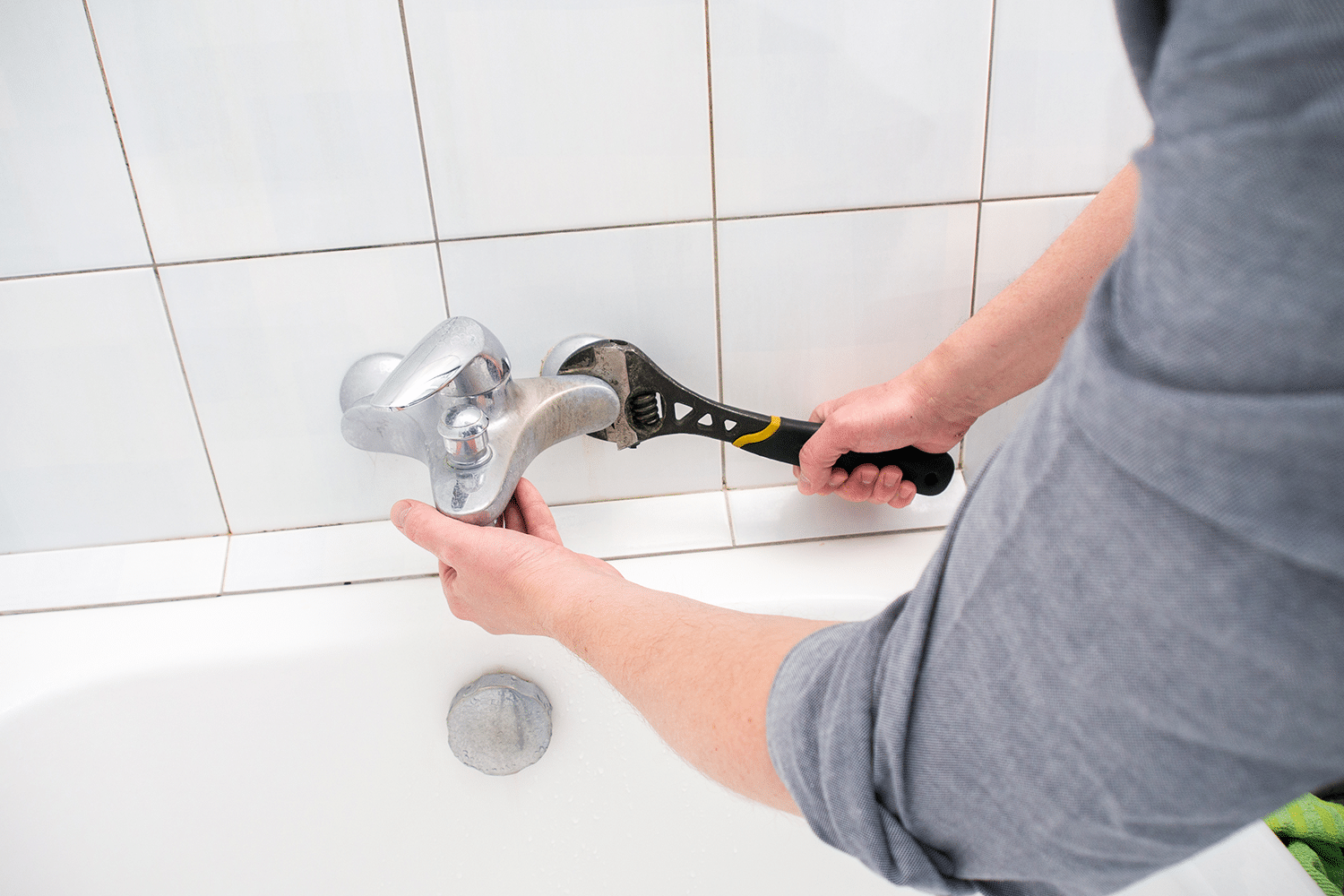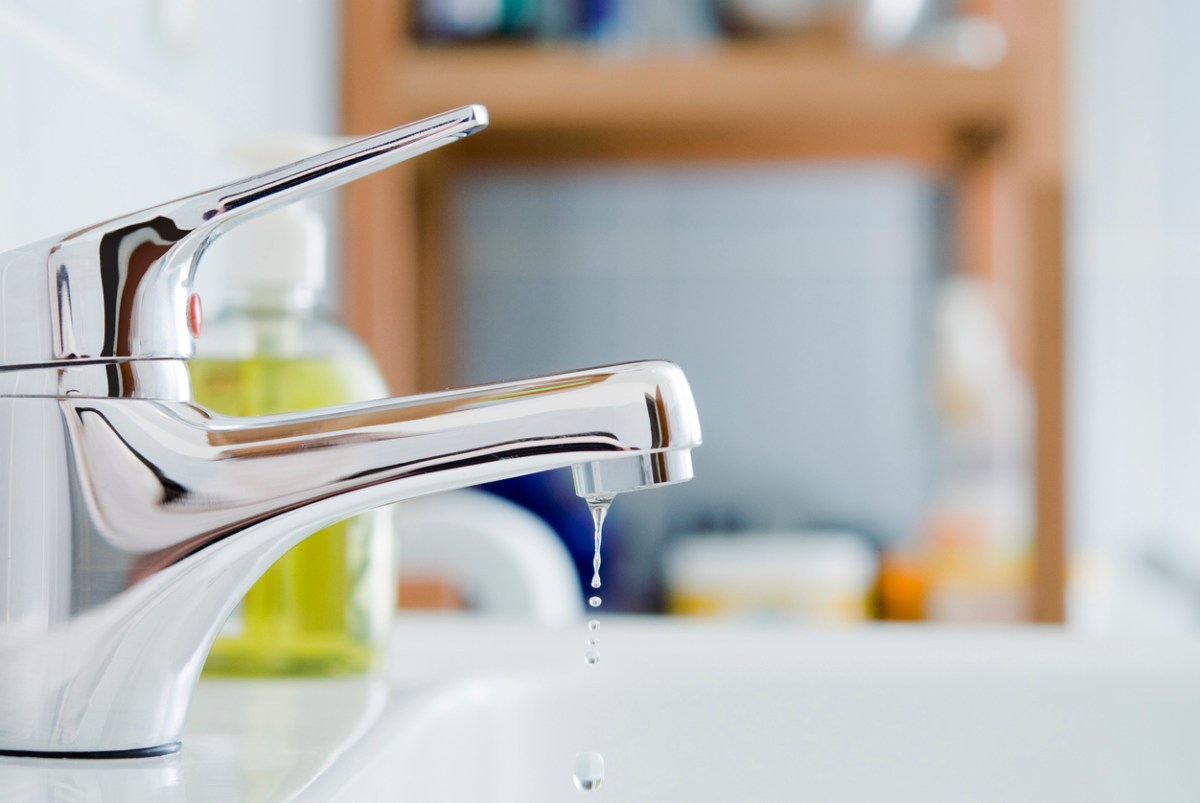Have you been interested in answers concerning Leaky Faucets: Why They Happen & What to Do About Them?

Trickling faucets may feel like a minor trouble, yet their impact exceeds simply the aggravation of the audio. From drainage to incurring unnecessary monetary expenses and wellness threats, ignoring a dripping faucet can result in different repercussions. In this post, we'll explore why it's critical to address this common household issue promptly and effectively.
Wastage of Water
Environmental Impact
Trickling faucets add substantially to water waste. According to the Epa (EPA), a solitary faucet leaking at one drip per second can squander greater than 3,000 gallons of water per year. This not just strains water sources but likewise affects ecosystems and wild animals depending on them.
Step-by-Step Guide to Dealing With a Dripping Faucet
Tools Called for
Before attempting to fix a leaking tap, gather the required devices, consisting of an adjustable wrench, screwdrivers, replacement parts (such as washers or cartridges), and plumber's tape.
Usual Tap Issues and Their Solutions
Identify the type of faucet and the certain concern creating the drip. Usual troubles include damaged washing machines, rusty valve seats, or defective O-rings. Refer to maker directions or on-line tutorials for step-by-step support on repairs.
Financial Prices
Raised Water Bills
Beyond the environmental effect, leaking taps can pump up water expenses significantly. The collected waste in time translates into greater utility expenditures, which can have been prevented with timely repairs.
Possible Building Damages
Furthermore, prolonged leaking can result in harm to fixtures and surface areas surrounding the tap. Water buildup can trigger discoloration, rust, and also structural concerns if left unattended, causing additional repair service costs.
Health and wellness Problems
Mold and Mold Development
The constant existence of moisture from a leaking tap creates an optimal setting for mold and mildew and mildew growth. These fungi not just endanger interior air top quality but likewise present health and wellness risks, particularly for individuals with respiratory conditions or allergies.
Waterborne Diseases
Stagnant water in dripping taps can come to be a breeding place for microorganisms and various other microorganisms, enhancing the risk of waterborne illness. Pollutants such as Legionella bacteria thrive in stationary water, possibly resulting in serious illnesses when consumed or inhaled.
DIY vs. Specialist Repair work
Advantages and disadvantages of DIY Fixing
While some may try to take care of a dripping faucet themselves, do it yourself repairs feature their own collection of challenges. Without appropriate knowledge and tools, do it yourself attempts can aggravate the issue or cause insufficient fixings, extending the trouble.
Advantages of Employing a Specialist Plumber
Working with a specialist plumber ensures that the underlying reason for the trickling tap is addressed effectively. Plumbing technicians have the expertise and equipment to diagnose and repair tap concerns effectively, conserving time and lessening the danger of additional damage.
Ecological Duty
Specific Payment to Conservation
Taking responsibility for dealing with trickling faucets aligns with more comprehensive initiatives toward water conservation and environmental sustainability. Every person's actions jointly make a substantial effect on maintaining valuable resources.
Lasting Living Practices
By prioritizing timely repairs and taking on water-saving habits, people contribute to sustainable living techniques that benefit both existing and future generations.
Preventive Measures
Normal Maintenance Tips
To avoid trickling faucets, carry out regular upkeep such as cleaning aerators, checking for leakages, and changing worn-out parts quickly. In addition, think about setting up water-saving tools or updating to more effective components.
Relevance of Prompt Repairs
Attending to trickling faucets as soon as they're discovered stops more water wastefulness and possible damages, inevitably conserving both water and money over time.
Effect On Building Worth
Assumption of Well-Maintained Property
Maintaining a home in good condition, including dealing with maintenance concerns like leaking faucets, enhances its regarded worth and value among possible purchasers or occupants.
Influence on Resale Worth
Features with well-kept plumbing fixtures, consisting of faucets, command greater resale values in the property market. Attending to dripping faucets can add to a positive impact during residential property assessments and negotiations.
Final thought
Resolving a trickling faucet exceeds simple ease; it's an essential action towards saving water, reducing financial expenses, and protecting health and wellness and property. Whether through do it yourself fixings or specialist help, acting to repair dripping faucets is a small yet impactful means to advertise responsible stewardship of sources and add to a healthier, more lasting future.
How to Fix a Leaky Faucet: Step-by-Step Repair Guide
A leaky faucet may seem like a simple annoyance, but if it's not fixed promptly, that leak could cost hundreds to potentially thousands. From water damage to mold, mildew, and high water bills, even a tiny leak can be catastrophic if left unattended. Damage like this can even affect the overall value of your home, so it's important to take the right approach for leaky faucet repair. You may need the help of a plumber in some cases, but we've got a few tips you can try on how to fix a leaky faucet before calling the pros.
Four Faucet Types
When you're learning how to fix a leaky faucet, the first step is knowing what kind of faucet you're working with! There are four common types.
Cartridge Faucets
Cartridge faucets come in one- or two-handled varieties. In one-handled cartridge faucets, hot and cold water combines in a single cartridge. In the two-handled versions, hot and cold water are controlled separately and mixed in the faucet.
Ball Faucets
Ball faucets have a single lever you push up and down to adjust the pressure and rotate to change the temperature. A slotted metal ball controls the amount of water allowed into the spout.
Compression Washer Faucets
They're the oldest type of faucet, but they're still used in many homes — especially older ones. Compression faucets have two separate handles that, when turned, raise or lower the washer that seals a water valve. This valve stops water from flowing through the faucet when it is turned off.
Disc Faucets
Disc faucets rarely need to be repaired due to their maintenance-free design. The water flow is controlled by two discs — the upper one raises and lowers against a fixed lower disc, creating a watertight seal. If your disc faucet starts leaking, you may need to replace the seals or clean residue buildup from the inlets.
Fixing a Leaky Faucet
Step 1: Turn Off the Water
Whether you're learning how to fix a leaky bathtub faucet or how to fix a leaky kitchen faucet, always turn off the water supply to your working area when you're fixing a leak. The last thing you want is a flood added to your list of things to fix.
Look for the shutoff valves below your sink or around the tub and turn them clockwise to stop the water flow. If your faucet doesn't have shutoff valves, you may need to turn off the water for the whole house. Check to make sure it's off by turning the faucet on. If nothing comes out, you're ready to start the repair.
Step 2: Take Apart the Faucet
How you disassemble your faucet depends on the type of fixture you have. You can use a flathead screwdriver to remove the caps on top of the handle or handles for cartridge and compression faucets. Inside, you should see handle screws. Unscrew these with a screwdriver to remove the handle.
Disc- and ball-style faucets will typically have an inlet screw near the handle, and removing that will reveal the interior of the faucet.
Detach the Valve Stem
For cartridge- and compression-style faucets, you'll see the inner valve stem or cartridge once you remove the faucet handles. If you have a compression faucet, unscrew the brass valve stem. If you have a cartridge faucet, pull out the cartridge. If your cartridge has been in place for a while, it may require some tools or extra force to remove it due to mineral deposits.
Examine and Replace Parts
Once you've removed the parts, check them out to confirm what needs to be replaced. You may see corroded rubber washers, O-rings, stems, or cartridges. On a ball-style faucet, check the seats and springs for damage.
If you need to repair a leaky disc faucet, check the inlet and seals on the lower disc.
Once you determine what parts must be replaced, visit your local hardware store. Bring the damaged parts with you to ensure you can purchase the correct components to replace them.
Clean Valves and Faucet Cavity
If you've removed a stem or cartridge, you may notice mineral buildup in the faucet's threads. Use white vinegar to clean the valve seat by soaking it for a few minutes, then scrub it away with a soft toothbrush and rinse with warm water. You can also clean the interior of the faucet in the same way.
Reassemble the Faucet
Once your faucet is cleaned and the required parts have been replaced, it's time to reassemble it. Put the pieces back together and slowly turn the water supply back on. Doing this slowly is crucial because too much initial water pressure can damage the new hardware you've just installed.
https://homewarranty.firstam.com/blog/how-to-fix-leaky-faucet

We are very inquisitive about Water Dripping from Faucet: Why and How to Fix and I really hope you liked the article. Are you aware of somebody else who is in the market for Why Are My Faucets Dripping (And Can I Fix It Myself)?? Please feel free to share it. We cherish reading our article about Water Dripping from Faucet: Why and How to Fix.